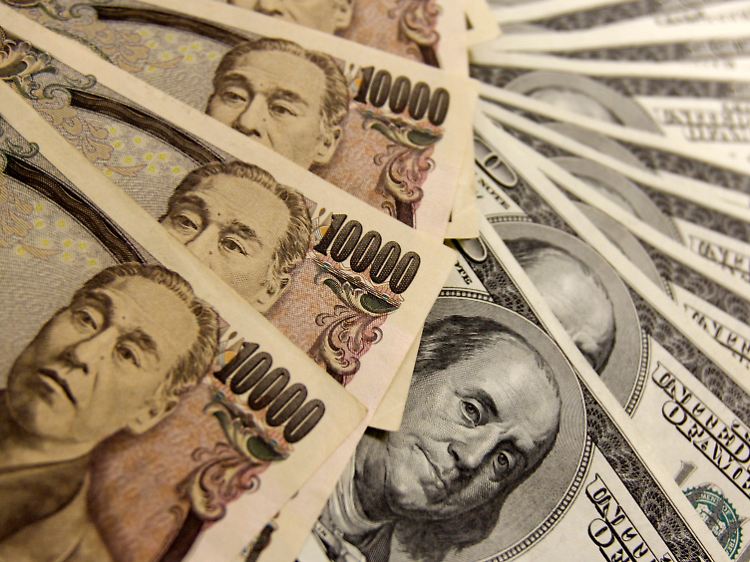
- Forex
Dollar stable, yen strengthening
Do you want to know how to make money from this?
Register for free and get expert advice, access to a training course and webinars.
Key points:
- The dollar was stable Monday, but the major currency index fell 0.058% to 104.14 after five straight weeks of gains.
- In early trading on Monday, the yen strengthened 0.20% to 149.94 per dollar.
- Evidence of persistent US inflation casts doubt on when the Fed will begin its easing cycle.
On Monday, the dollar maintained its steady position. The release of data last week, revealing persistent U.S. inflation, raised uncertainties about the initiation of the Federal Reserve’s easing cycle. Meanwhile, the yen hovered close to the psychologically significant level of 150 per dollar.
The yen strengthens slightly
In recent days, the yen has been fluctuating near the 150 mark, prompting anticipation of potential intervention by Japanese authorities. At the start of Monday’s trading session, the yen slightly strengthened by 0.20%, reaching 149.94 per dollar. However, it is still down 6% for the year. Against the euro, the yen maintained its position near a three-month low of 161.925.
The dollar index fell after weeks of gains
The U.S. markets observed the George Washington Day holiday on Monday, leading to anticipated low trading volumes throughout the day. The dollar index, gauging the U.S. currency against six major counterparts, began the week with a 0.058% decrease at 104.14 after registering five consecutive weeks of gains. Year-to-date, the index has risen by 3%.
Recent data revealed higher-than-expected increases in both U.S. producer and consumer prices for January, suggesting persistent inflation and raising concerns about a potential delay in the initiation of Federal Reserve rate cuts. Traders are adjusting their expectations, with indications from CME’s FedWatch tool pointing to June as the likely starting point for the easing cycle, in contrast to March earlier in the year.
Analysts interpret the decline in retail sales and the ongoing rise in jobless claims as indicators of a weakening economy. Additionally, the challenge posed by higher inflation further complicates the Fed’s ability to respond through rate cuts, increasing the likelihood of a recession.
Dynamics of other major currencies
The euro experienced a 0.12% increase, reaching $1.0787, while the pound traded at $1.2624, exhibiting a 0.21% rise for the day. Sterling gained strength on Friday following reports indicating that UK retail sales expanded at the quickest rate in almost three years in January. However, this development had minimal influence on expectations concerning the Bank of England’s monetary policy outlook.
Meanwhile, the Australian dollar saw a 0.29% increase, reaching $0.655, and the New Zealand dollar recorded a 0.34% rise, reaching $0.614.
Do you want to know
How to make money from the news
Register for free and get:
- Expert consultation;
- Access to the training course;
- Opportunity to participate in webinars

